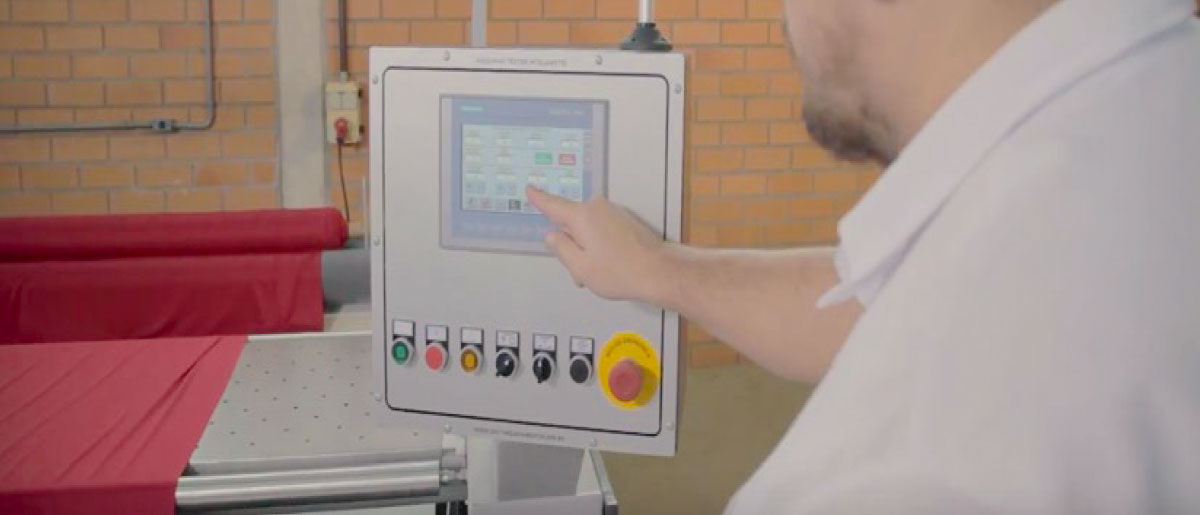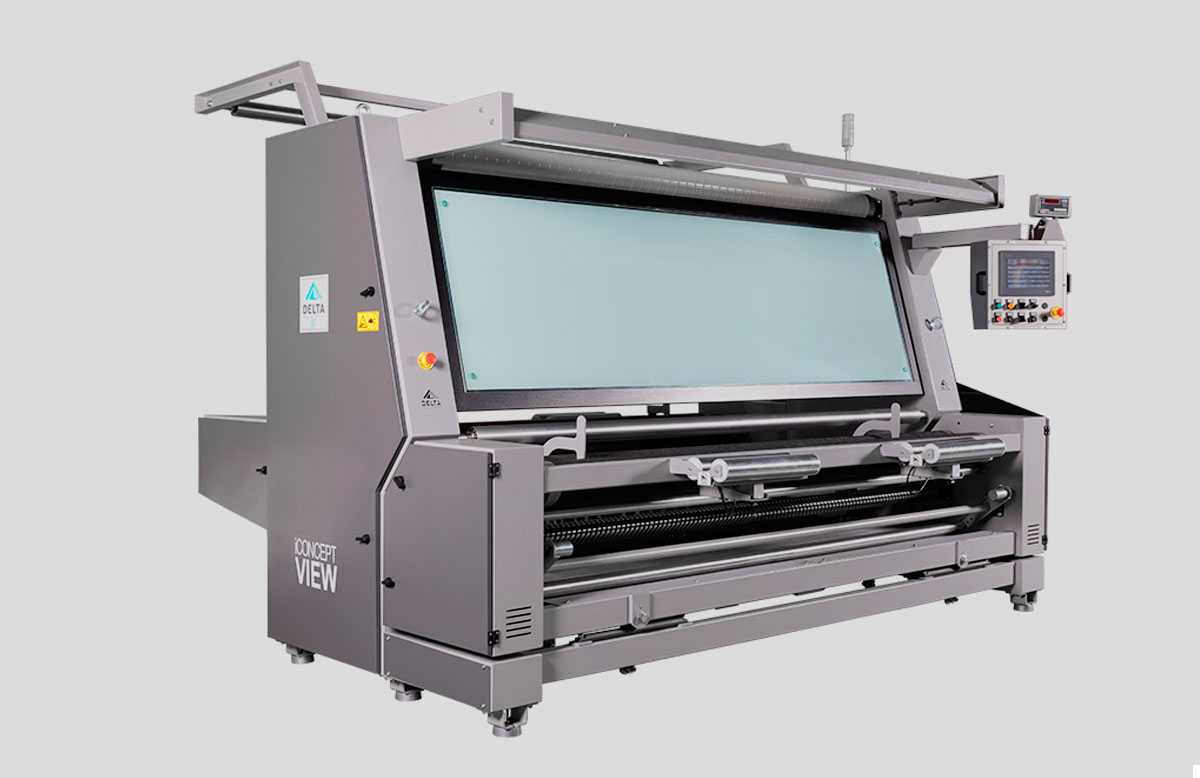Textile quality control is a system adopted to prevent faults and problems in processes and products. The aim is to efficiently meet the production needs and desires of customers.
So it’s not just about checking and counting defects in finished products. On the contrary! The aim here is to anticipate possible problems and find solutions to prevent them from happening.
Used in various sectors, it is also essential in the clothing industry to ensure the quality of the products developed.
So, to understand more about what textile quality control is and how it works, read on!
How did textile quality control come about?
Textile quality control methods as they stand today emerged in the 20th century. The process was born with the first buying and selling relationships throughout history.
Understand what the processes were like in those periods.
Middle Ages
With the appearance of the first artisans, concerns arose about creating descriptive terms about the manufacture of products. In the Middle Ages, guilds determined quality standards for products. Craftsmen who disrespected them were punished.
Then came the interest of kings in specifying criteria for the products they purchased. There was even quality control, carried out by members of the court.
Industrial Revolution
Since the Industrial Revolution, quality has become a more important characteristic. Manual labor was replaced by mechanical work and processes had to be inspected. And here Taylorism began.
The factories had supervisors to oversee the production of their workers. As a result, the products now follow pre-established manufacturing standards. Therefore
standardization
has become a way of avoiding waste.
Read also:
Why is standardization in textile production important?
In the First World War, many defects were found in war products. This led industries to take more care during production in the Second World War. It was during this period that statistical quality control came to the fore.
A few years later, Walter Andrew Sherwart, an American physicist and statistical engineer, developed SPC – Statistical Process Control. He created the PDCA cycle (Plan, Do, Act, Check) with the aim of solving problems and constantly improving processes.

It is worth noting that post-war Japan became one of the “greatest examples” of production without quality control. However, in 1950, Edward Deming introduced the statistical control method to technicians and engineers in the country.
Gradually the concept grew. As a result, the world powers of the 1970s and 1980s (Japan and the United States) improved their quality processes. Although, of course, in different ways.
Then organizations all over the world started implementing Quality Management models. This process has been important, especially since the 20th century. That’s because consumers here have become increasingly demanding and demand
product quality
.
Learn more about the evolution of quality control
Just like the models of the quality control system, its concept and purpose have also undergone variations.
Before the internet, these changes were slower. Today, technologies only survive until more efficient ones emerge. Therefore, the trend is for increasingly specific and assertive processes to be developed.
Here are three stages in the evolution of quality control up to the present day.
1. Quality inspection phase
The focus was on the product. They were inspected by direct observation, and it was common for the customer to take part in the investigation. They could be evaluated randomly or one by one.
The process was very slow. What’s more, they only pointed out flaws, didn’t solve the problems and didn’t help to improve quality.
2. Sampling phase
With industrialization, there was no longer any way of inspecting products individually. The solution found was to check the products by sampling.
The period lasted from the mid-1930s to the 1980s. That’s when quality control departments also came into being.
This sector of the industry would locate defects in products and then think about how to solve the problems.
3. Total quality phase
This is the current stage. Now, it’s not enough to measure quality, it needs to be controlled. The goal is to meet the customer’s expectations and satisfy them fully.
There is no department responsible for quality control. In other words, it has become a task for the whole company and even for partners and
suppliers
.
Japan was the first to adopt quality and service management, known as Total Quality Management (TQM). After all, they needed to rid society of the negative perception they had of their products.
They set out to create the “age of perfection”. This period corresponds to the idea that the activity should be done properly the first time (Toyotism). The United States was annoyed by these Japanese transformations, as it was losing markets and consumers.
To reverse the situation, they emphasized the issue even more and implemented a strict quality system: Fordism. Here, the training of professionals was also essential for the changes that would be felt.
Read also:
How to modernize quality in the clothing industry?
What about quality control in the textile industry?

Optimize processes to improve and integrate work methodologies,
reduce costs
and boost productivity. These are vital actions for the textile industry.
These practices are made possible by textile quality control, which collects, analyzes and manages data from the production process.
In the textile industry, prevention by quality control can ensure the quality of production processes. The good news is that the sector is experiencing one of the best stages in the evolution of quality control.
In the traditional way, when the roll arrives at the factory, only the information provided by the manufacturer on the label is analyzed. Analyzing each roll separately would take a lot of time and would reduce the
productivity
Therefore, many companies don’t do it.
With Industry 4.0, technology is able to automate processes efficiently. Textile quality control can also be implemented at all stagesincluding receiving the material.
That’s why it’s essential to invest in automation to promote gains in productivity, efficiency and quality. After all, with the help of intelligent machines, errors and rework will be reduced. It also reduces costs and
waste
.
But remember! Automation is based on the following factors:
- investment in modern equipment;
- changing and standardizing processes;
- strategic and assertive management; and
- data control and analysis.
What are the advantages of automation in textile quality control?
Process automation, product engineering and a host of other technologies facilitate the development of the textile sector. As a result, they contribute to the market’s prominence in the midst of more than
22,500 formal
units.
Textile quality control can be customized to meet the specific needs of each company. In this way, it will be possible to obtain advantages for manufacturing and other phases. Get to know some of them and find out how to buy them.
1. Reducing waste
Raw material waste is common in the textile industry, due to a lack of information and automation.
automation
of processes. This is because companies usually focus on finished parts. As a result, clothing manufacturers no longer pay the necessary attention to the quality of the raw material.
Monitoring the technical data of a garment manufacturer’s raw materials provides real information about each roll of fabric. For example: footage; usable area; grammage; and yield.
In this way, you can choose the fabric roll that will provide the best utilization (performance) for each cutting order. And, from there, plan the hemming and cutting without waste.
In addition
textile technology
provides an early view of variables. It therefore promotes preventive textile quality control by directing management.
2. Increased productivity
By automating textile quality control, it is also possible to increase
production capacity
industry. By transforming manual processes, it will be able to move faster through the stages.
One of the machines that fulfills this function, for example, is the
Delta Máquinas Têxteis Knitting Relaxer
. It reduces rest time from up to 48 hours to just a few minutes. It also eliminates the wrapping of the diaper mesh and provides real information on length and floor area.
3. Improving the final quality of products

When the raw material is analyzed before manufacturing, it is possible to avoid parts being produced with poor quality materials. For example, with blemishes or variability, making them second-rate.
Here we can mention the Delta proofreaders for helping to solve problems in the quality of the textile product. The machine inspects and guarantees the sizing and weight of the meshes.
This equipment promotes standardization, automation and productivity. In addition to the various models supplied by Delta, it is worth highlighting the Smart Vision iConcept View. This solution uses
Artificial Intelligence
to review tissue defects.
In view of this, it can be said that textile quality control, using
intelligent machines
, promotes the best end products. This also prevents the company from making losses.
Read also:
How to improve the fabric review stage?
4. Cost reduction
More automation also means less labor, less loss of materials and less space requirements. As a result, production costs fall. This allows the company to pass on the savings to the customer and sell products at competitive prices.
5. Improving materials and machinery management
Collecting, analyzing and managing data is part of a major strategy for textile quality control.
With this information in hand, the manager can check various data, including possible problems that are hindering productivity. Or even to understand strategies that can optimize the work of the purchasing sector.
6. Repeatability
When quality control is carried out efficiently, the manufacturer is able to produce the same end result over and over again. Customers come to trust the products they buy. After all, they will know what they are buying, helping to improve the company’s credibility in the market.
How can you implement efficient textile quality control in your garment factory?
As you can see, textile quality control is extremely beneficial for clothing manufacturers and using it is a necessity. However, in order to achieve these gains, it is important to take some precautions.
To begin with, you should invest in efficient and intelligent textile machines. This is the only way to promote automation and standardization of activities. This generates greater productivity and quality in the end result.
In addition, it is interesting to reduce the noise in communication, so that employees understand each other and the process. Making use of management dashboards with transparent information can help with this task. It is also essential to update them in real time with the most important indicators.
The team operating the equipment must also be properly trained to handle it properly. Finally, processes must be constantly analyzed and updated, preferably through real opinions. Customer satisfaction surveys can be carried out and the results used to implement improvements.
Count on those who understand textile quality control!
Respecting production criteria and carrying out strict textile quality control requires a lot of dedication from your company. However, this is a very advantageous practice. As well as helping you to compete in the market, this attitude also fosters your development.
So count on those who understand the subject and have the authority in the market to promote the best textile quality control. As discussed throughout the text, the
Delta Máquinas Têxteis offers various solutions
for different stages of production.
So if you want to carry out efficient quality control, contact us now!



